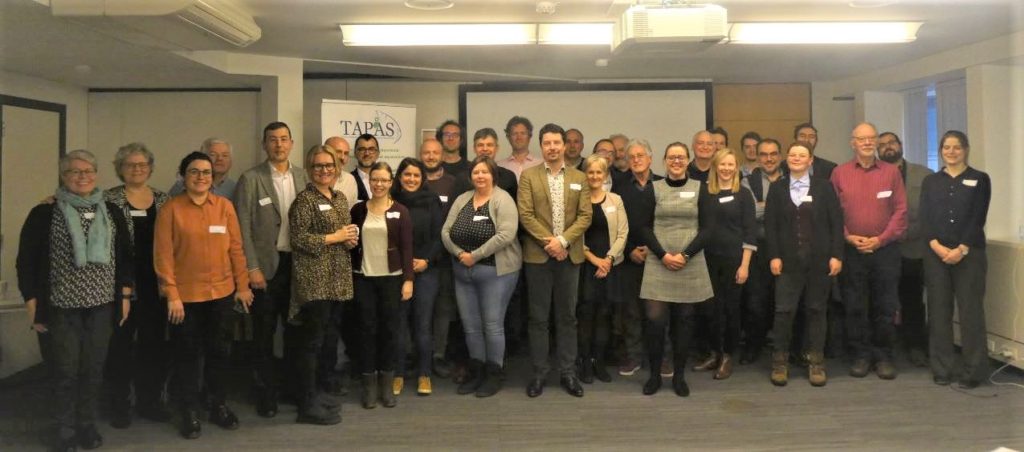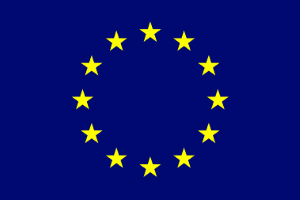This week the TAPAS group explored the seabed of Marsaxlokk Bay around the fish farm. To see what lives beneath the surface we used a mini Remote Operated Vehicle (ROV). This DeepTrekker (DTX2) will be used to survey the area of the fish farm to document the presence and absense of Posidonia Oceanica and other marine species. The system has the option for a sediment and water sampler, and also records a digital video to review the seabed contents anytime we need. Using this tool, we hope to illustrate waste distribution patterns in the fish farm area and to reveal potential correlations with other environmental data.



